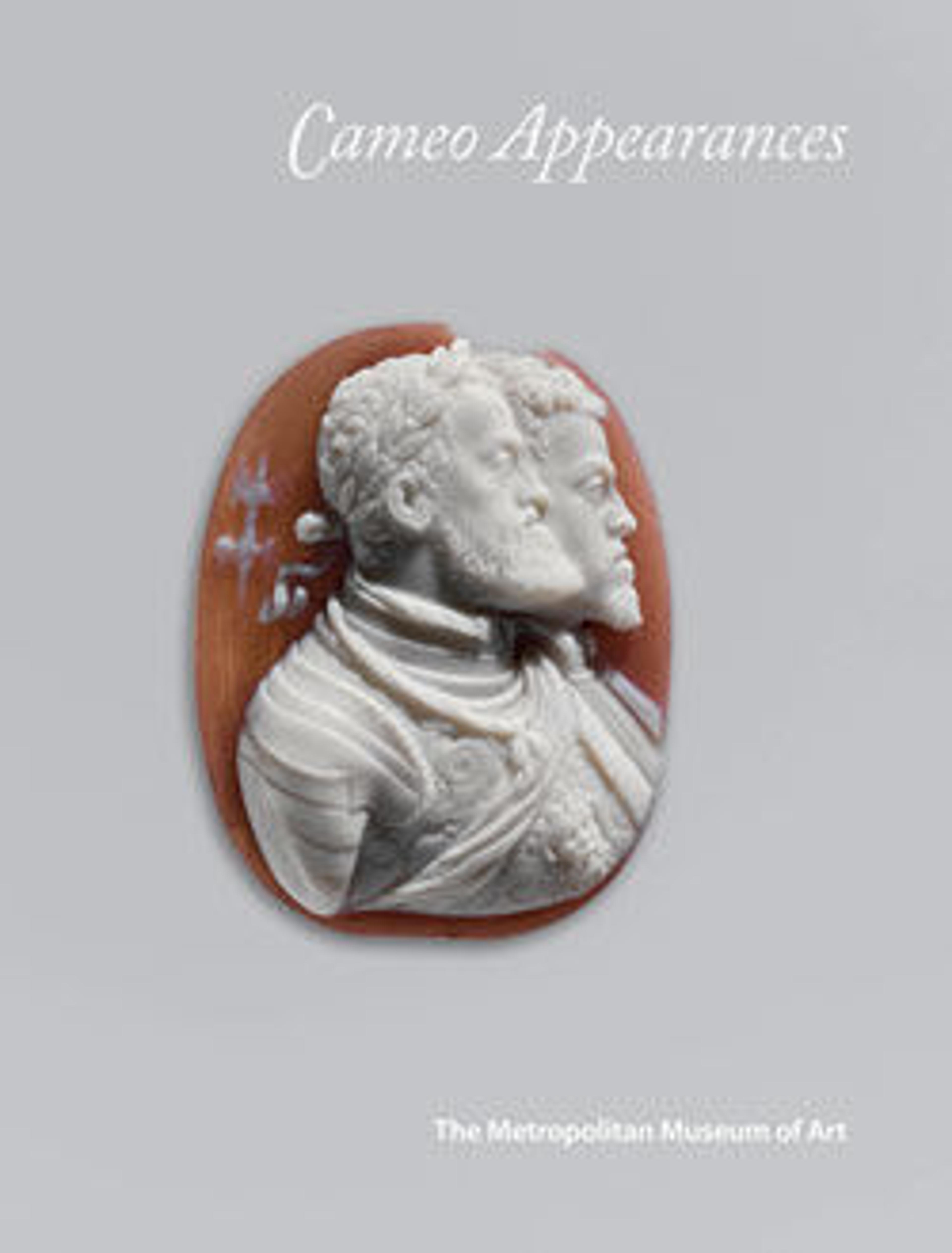Cameo Portrait of Frederick Marshall
Cameos are small sculptures carved in relief on a hard substance such as stone, coral, glass, or, as here, shell. Commonly, cameos are carved from materials with two or more inherent layers of color, allowing the sculptor to create contrast between the relief figures and background. Hardstone cameos were carved with great skill by lapidaries of the ancient classical world, and the art enjoyed a revival during the nineteenth century, when all things archaeological were in vogue. Though classical scenes and mythological beings were the favorite subject for Victorian cameo consumers and manufacturers, portraits of historic and contemporary persons (e.g. William Shakespeare or Florence Nightingale), as well as commissioned portraits of individuals enjoyed popularity.
This portrait cameo brooch was donated to the Metropolitan in 1948 by Frederick Marshall Jr. The cameo is carved out of a queen conch shell and is set in a gold frame in the form of intertwining ivy vines. According to the donor, the portrait depicts his father, Frederick Marshall, and was carved by an unknown Frenchman working in New Orleans.
This portrait cameo brooch was donated to the Metropolitan in 1948 by Frederick Marshall Jr. The cameo is carved out of a queen conch shell and is set in a gold frame in the form of intertwining ivy vines. According to the donor, the portrait depicts his father, Frederick Marshall, and was carved by an unknown Frenchman working in New Orleans.
Artwork Details
- Title:Cameo Portrait of Frederick Marshall
- Date:ca. 1855
- Geography:Made in New Orleans, Louisiana, United States
- Culture:American
- Medium:Queen conch shell, gold
- Dimensions:2 7/8 x 2 1/2 in. (7.3 x 6.4 cm)
- Credit Line:Gift of Frederick Marshall, 1948
- Object Number:48.60
- Curatorial Department: The American Wing
More Artwork
Research Resources
The Met provides unparalleled resources for research and welcomes an international community of students and scholars. The Met's Open Access API is where creators and researchers can connect to the The Met collection. Open Access data and public domain images are available for unrestricted commercial and noncommercial use without permission or fee.
To request images under copyright and other restrictions, please use this Image Request form.
Feedback
We continue to research and examine historical and cultural context for objects in The Met collection. If you have comments or questions about this object record, please contact us using the form below. The Museum looks forward to receiving your comments.
